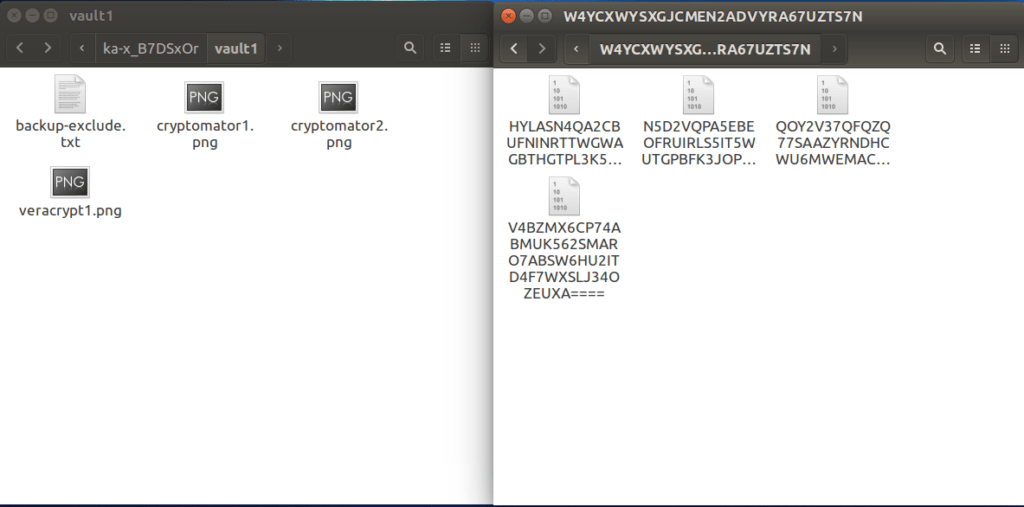
I found the Cryptomator application dead easy to use, and it was just a matter of installing it, clicking the button to create a 'vault' at a specific location on my hard drive, and setting a decent password. This is what Cryptomator and VeraCrypt do, in different ways. We need something like an encrypted filesystem or container that can be mounted as an in-memory/virtual filesystem, so that the unencrypted data is never written to the storage medium. Attempting to protect protect sensitive data on a USB drive using this method is a bad idea. The unencrypted data was recoverable after running Autopsy, foremost and EnCase on the USB image. Back in 2016 I did a little experiment that involved encrypting files using bcrypt and using BleachBit to erase the original on a USB drive. The process of encrypting files individually using something like OpenPGP or 7Zip involves generating encrypted copies, and the obvious problem with this is that the original unencrypted files still exist on the storage medium - this data is more persistent than most people would imagine. They are even more limited if we need something that's multi-platform.


#Veracrypt vs cryptomator software
Cryptomator, which appears to work almost the same way as EncFS (even using the Dokan adapter), it seems), requires much less work to use on both platforms, is better maintained, and has some advantages over VeraCrypt.įinding the right encryption software can be tricky, and options are actually quite limited when we actually go digging for them. For me, the Holy Grail of encryption software is a) a solution that performs in-memory encryption and decryption, and writes no unencrypted data to storage media, and b) a solution that can mount the same encrypted volume on both Windows and Linux operating systems.Īnd I think I've found it.


 0 kommentar(er)
0 kommentar(er)
